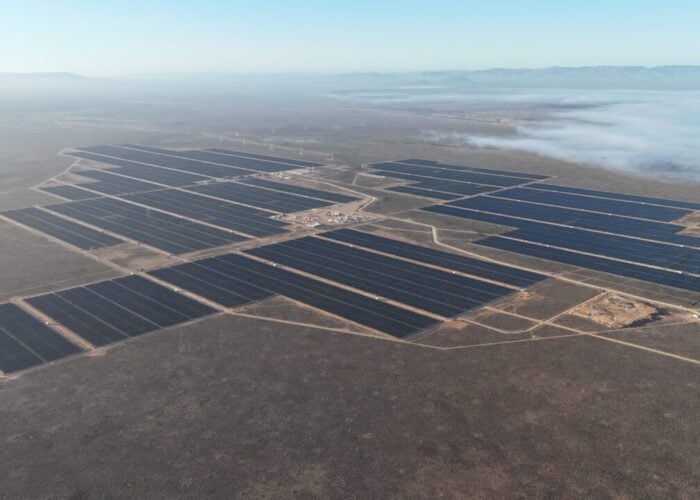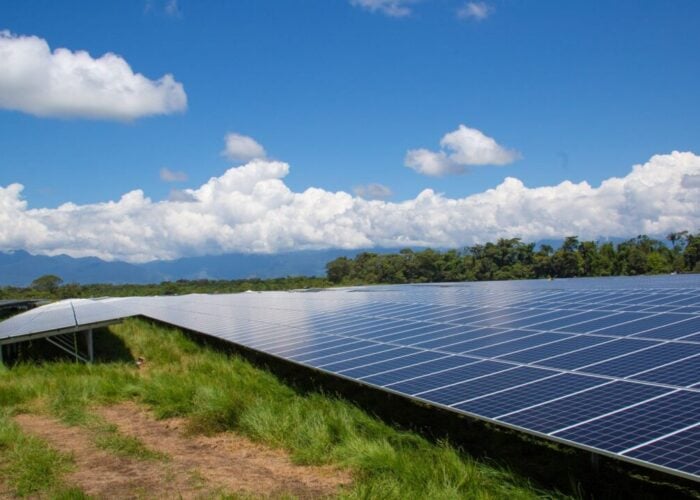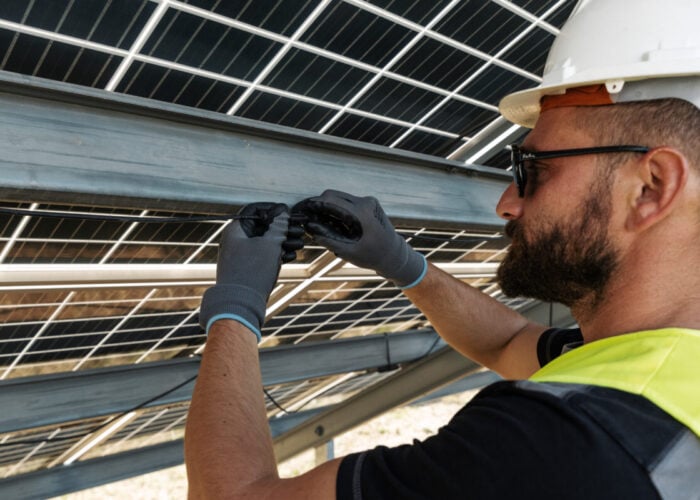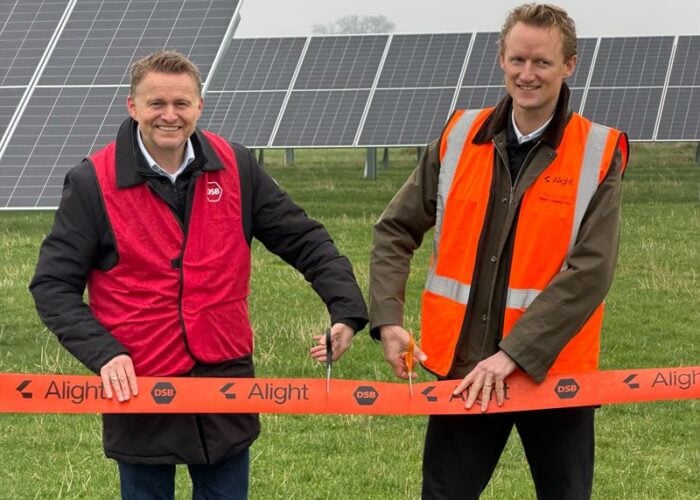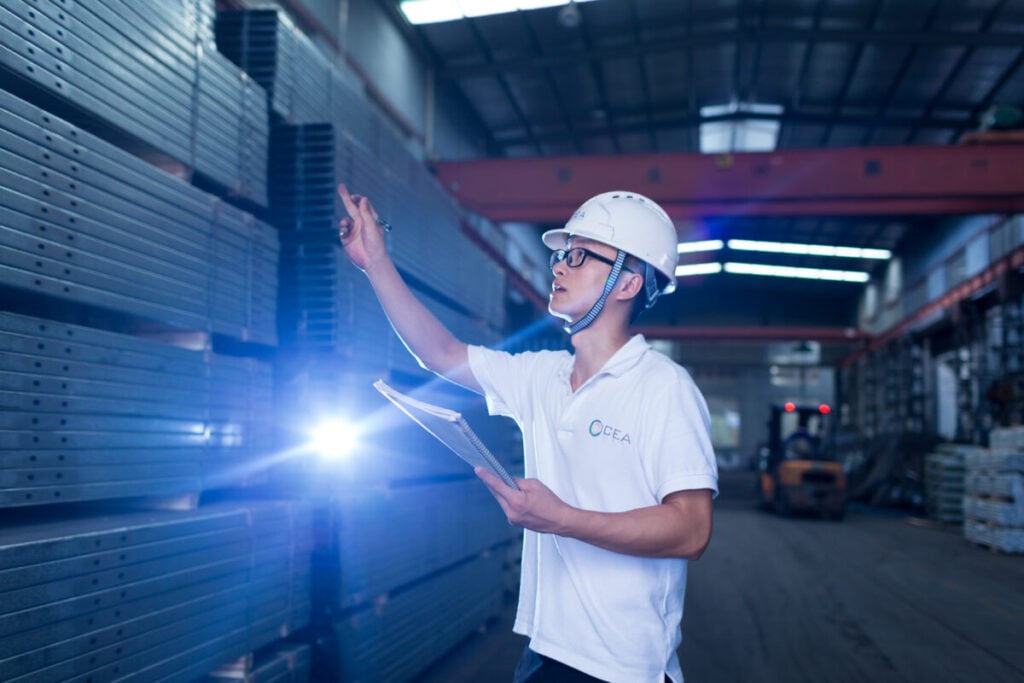
Just as the big-picture challenges facing solar PV projects change – from trade and political uncertainty to economic shocks and growing public opposition to utility-scale solar – some aspects of the technology at large have stabilised.
Readily available low-priced modules and the consolidation of the major Chinese manufacturers around tunnel oxide passivated contact (TOPCon) technology has brought predictability to the stuff of solar, even as the political landscape goes through another spasm. However, this is not to say that this stabilisation has eliminated every technical issue associated with the sector.
Try Premium for just $1
- Full premium access for the first month at only $1
- Converts to an annual rate after 30 days unless cancelled
- Cancel anytime during the trial period
Premium Benefits
- Expert industry analysis and interviews
- Digital access to PV Tech Power journal
- Exclusive event discounts
Or get the full Premium subscription right away
Or continue reading this article for free
“You see a lot of reports when systems fail because of strong wind or something similar. What you don’t see is reports about people having to go in and replace the paint,” Joerg Althaus, director of engineering services and quality assurance at Clean Energy Associates (CEA), tells PV Tech Premium.
When asked about the main technology challenges facing the industry today, he, perhaps surprisingly, highlights racking: the steel poles and tubes which, along with tracker technology, support PV modules the world over.
Racking up problems
“If you look at the PV module, you’ve got a simple product with about 20 components in one factory,” Althaus says. “If you look at a racking system, you’ve got more like 20 factories that all make parts that get assembled somewhere or shipped separately.”
PV Tech’s coverage is increasingly addressing racking and tracker solutions, reflecting advancing technology for PV plant construction and optimised energy yield. But Althaus says that the growth in racking demand and tracker solutions has not yet matured into comprehensive technological awareness across the industry. And as module prices have fallen, other components take a greater portion of the cost of a PV system, and subsequently a greater portion of the risk.
“You don’t have a factory that makes a tracker,” he says. “There is a factory that makes the drive, a factory that makes the motor, et cetera. And then, quite often, because of shipping costs, you have the steel parts built locally according to specifications from the actual racking manufacturer.”
Those steel shipping costs are increasingly subject to change, depending on location. The US currently imposes a 50% tariff on all steel imports, and other countries, like the UK, are wrangling with the strategic importance of supporting domestic steel production.
This level of supply complexity can easily introduce risk to the construction and subsequent operation of PV plants. Plants that have exacting specifications that need to be uniformly met across the 20-or-so facilities where a racking system comes together.
“If the specifications are not exactly met, or drill holes are in the wrong place, for example, it can have a huge impact,” Althaus says. “[It can] bend the material or wear out the motor if there’s too much tension in the system, which, in the end, makes the system fail in a few months or years.”
At the extreme end, a badly-designed PV plant, or one with a poorly-coordinated supply chain, can buckle under the pressure this bad design engenders.
Corrosive effects
Althaus also highlighted the impact that seemingly small details, which might be seen as unavoidable parts of plant operation, can have on a site, such as corrosion.
Weather and soil can corrode paint and steel parts over time and, left unchecked, can come to impact the health of a solar plant. “[Corrosion] increases OPEX massively, because you have to do regular inspections to fix things,” Althaus says.
Opportunities for corrosion and other environmental issues only increase as solar spreads into more diverse climates. Speaking to PV Tech Power for a feature examining a rise in solar module defects last year, Cherif Kedir of the Renewable Energy Test Centre in California said that solar was increasingly prevalent in less-than-ideal climates, “places where humans do not want to live”, due to extreme and harsh weather.

There is more than one type of corrosion. An article published in April 2024 by US engineering and construction firm Roarke Construction lays out differences between “uniform corrosion” in less aggressive environments, “pitting corrosion” with localised corrosive attacks prevalent in coastal areas and “galvanic corrosion” where two dissimilar metals in electrical contact cause corrosion. This last one could occur when racking and structural components are made from a different metal than the metal parts of the module.
These different geographies call for different maintenance and construction operations.
“I think the industry is learning that you can’t take one system that you would build in Germany and copy the same thing in India,” Althaus says.
Break glass in case of price emergency
Despite technological consolidation, reports of technical problems with PV modules are rarely far from recent headlines.
The latest iteration of the Kiwa PVEL Module Reliability Scorecard showed an almost 20% increase in modules failing stress tests, with 83% of manufacturers failing at least once under the firm’s tests. Notably, the results found that thinner, double-glass modules are more susceptible to breakages and failure than thicker, glass-and-backsheet modules.
As well as technological change, low module prices and intensely narrow margins have put pressure on manufacturers. This context has played into thinner glass and, it would seem, greater failure and lower-quality products as producers look to limit production costs. Althaus recounts a meeting with a glass expert to discuss the pricing situation in the solar industry.
“He [the glass expert] couldn’t believe how cheap the modules with these big glass sheets are,” Althaus says. “He said: ‘I’m not surprised at all. If I buy a glass sheet [that size], the glass sheet costs more than the module [for another application/industry]’.”
Small wonder, then, that solar modules are cracking under pressure.
In tandem with thinner glass, utility-scale modules tend to be getting bigger. A study from the US National Renewable Energy Laboratory (NREL) in December said that “big floppy modules”, thinner and larger than their predecessors, were prone to “spontaneous breakage” with no direct cause, and more vulnerable to hail or strong wind.
When asked how severe the impact can be, Althaus says: “The potential risk is huge.
“The fact is, the stress on these large modules is bigger than on previous models. People come to us and say they’ve found 500 modules broken, they need a root cause analysis and to make a claim. But then you’re looking at those 500 modules and wondering what’s going on with the rest.”
Last year, PV Tech Power looked into the issue of module quality and glass breakage. Since then, reports have abounded of a rise in cracks and breakage as manufacturers have been squeezed financially and modules themselves have become larger and thinner.
Tracking the shifts
Beyond price pressures, Althaus said that the diversification of solar manufacturing supply has increased the risk of material problems.
First, when Chinese producers moved to Southeast Asia to supply the US market with new factories, many of which are now lying dormant after targeted US tariffs; then when firms in the US and India started building out module manufacturing capacity to lessen dependence on China, new factories have been prone to issues.
“What we’ve seen every time new factories ramp up is, firstly, there’s a low output because [a lot of modules are] rejected. That’s normal because people need to learn,” Althaus says. “But secondly, defect rates are higher. Regardless of whether it’s in China or Southeast Asia or the US, when you buy from a new production line, there is a ramp-up phase; new machines, new people.”
The issues can be more granular, still. As well as variation from new factories in new locations, Althaus said that modules produced at night are more prone to defects than those produced in the daytime.
Major module factory operations run round-the-clock, but third-party quality inspections tend to happen in standard working hours.
“Often buyers will just have the day shift monitored and the night shift doesn’t get looked at,” Althaus says. “Recently, for example, we checked some modules that were built on the night shift and found issues that were not found by the night shift [employees] who were supposed to look at the electroluminescence images and check each module.
“We found several modules that slipped through. Then we rechecked the whole shipment and we found 300 [with defects], so obviously the night shift was not as thorough as the day shift.”
What can module buyers and project developers do to mitigate these risks? From complex supply chains for tracker and racking parts, changing solar module trade routes and widespread glass breakages to unmonitored products made overnight, the challenges of buying solar equipment seem to be mounting.
It’s more challenging if you’re a small developer, Althaus says. “If you’re a developer that builds 10MW here and 10M there. 10MW is built in two days in a factory these days, so you don’t have the buying power to negotiate total quality oversight.”
He says that established partnerships, limited in number and exposure to change, are the key to success.
“The key is to find a limited number of partners to work with and have your negotiated terms, so you don’t have to go in every time and say ‘this is the test I want, this is the third party I work with’.”



